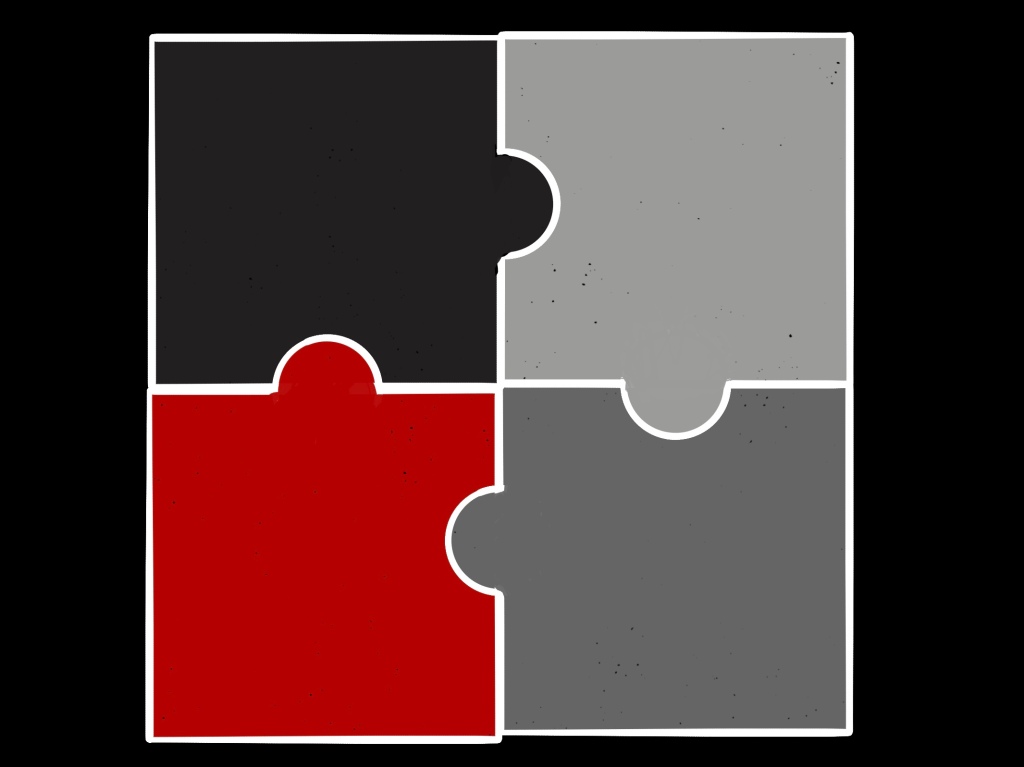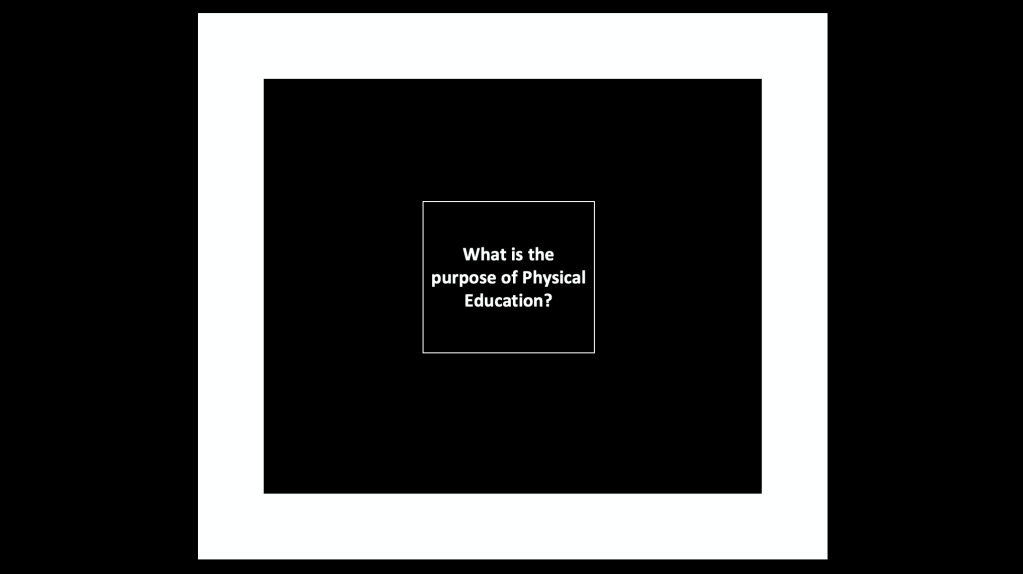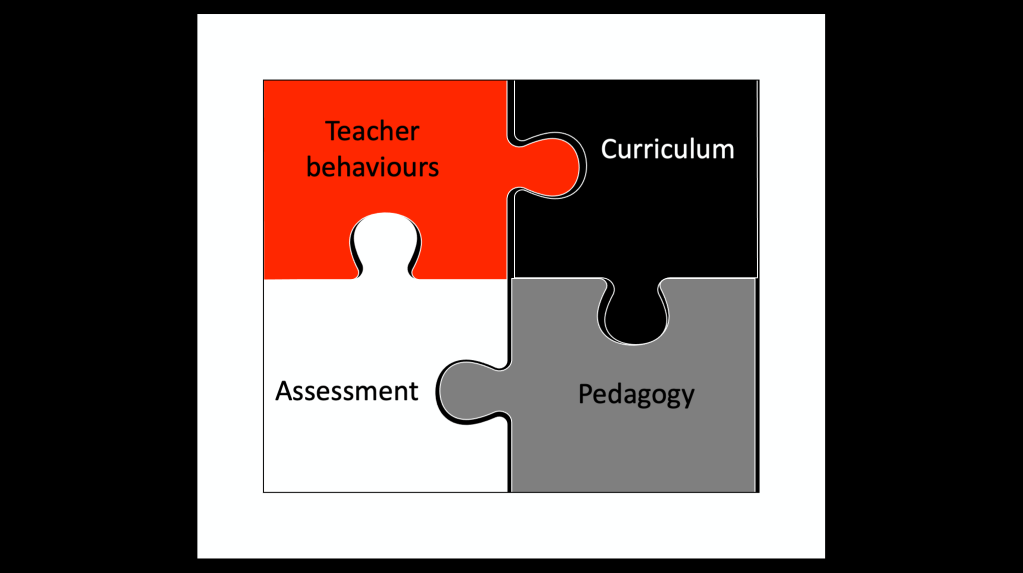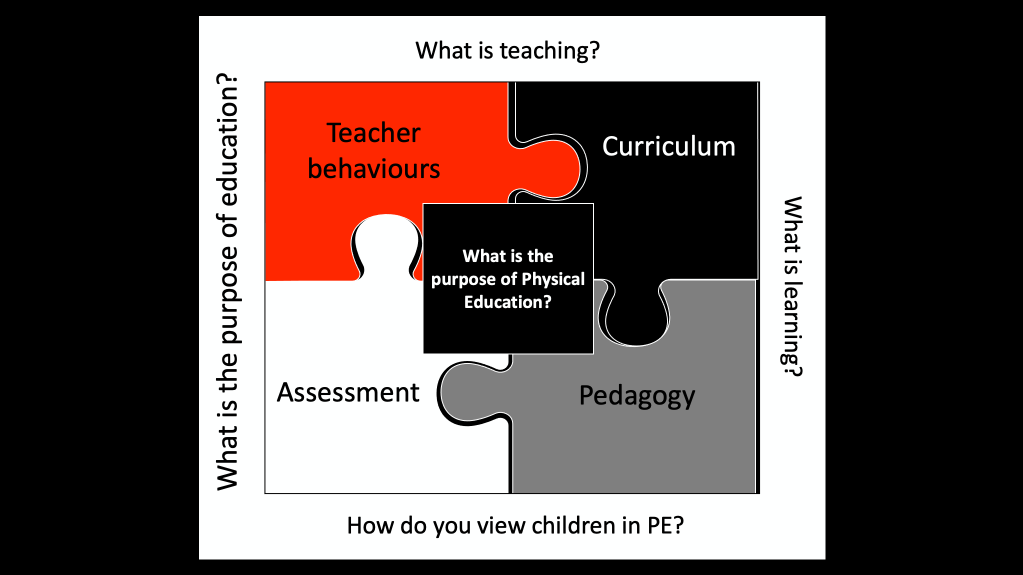
Teaching PE is a continuous act of making professional judgements about the why(s), how(s) and what(s) of physical education (Quennerstedt, 2019). This is a fundamental but challenging part of a PE teachers job. It requires deep reflection and challenging what we have been encultured to think during our own PE experiences as a child. This process can be assisted through a metaphor of a PE Jigsaw Puzzle.

The first part of the PE Jigsaw Puzzle is the frame. The frame is made up of your values, beliefs and intentions with regards to education. There are four key questions to answer to create your frame:
- What is the purpose of education?
- What is teaching?
- What is learning?
- What is your view of the child in PE?

The frame provides a setting for the big picture. The big picture relates to the purpose of PE and what it looks like. Having a clear idea of the purpose of PE and articulating it clearly to the school community is a key step in teaching high quality PE. Without a clear big picture to share the chance of success is diminished through ambiguity, misalignment and incompatibility.

To complete the picture you need puzzle pieces. These puzzle pieces are the tasks you design and the behaviours you use in helping your students to move towards the agreed big picture purpose. They are curriculum, pedagogy, assessment and behaviour management. Certain frames and big pictures will require certain key puzzle pieces to be in place if they are to be realised.

Coherence is achieved when our values, purpose and practices align. That what we are doing and how we are doing clearly work towards the reason of why we are doing it. The more coherence can be achieved the more likely students are to find success and relevancy in what is being provided.
Enacting an assembled PE Jigsaw Puzzle can result in very different experiences of PE for the students. The examples below would produce very different types of PE. Therefore isn’t just about creating a PE Jigsaw Puzzle, but ensuring it is suitable for the needs of the students and their context.


It is only when we can elaborate the frame, big picture and key puzzle pieces and make them concrete can we begin the process of refining our PE Jigsaw Puzzle and its implementation.
So what’s your PE Jigsaw Puzzle?

One thought on “What’s your PE Jigsaw Puzzle?”